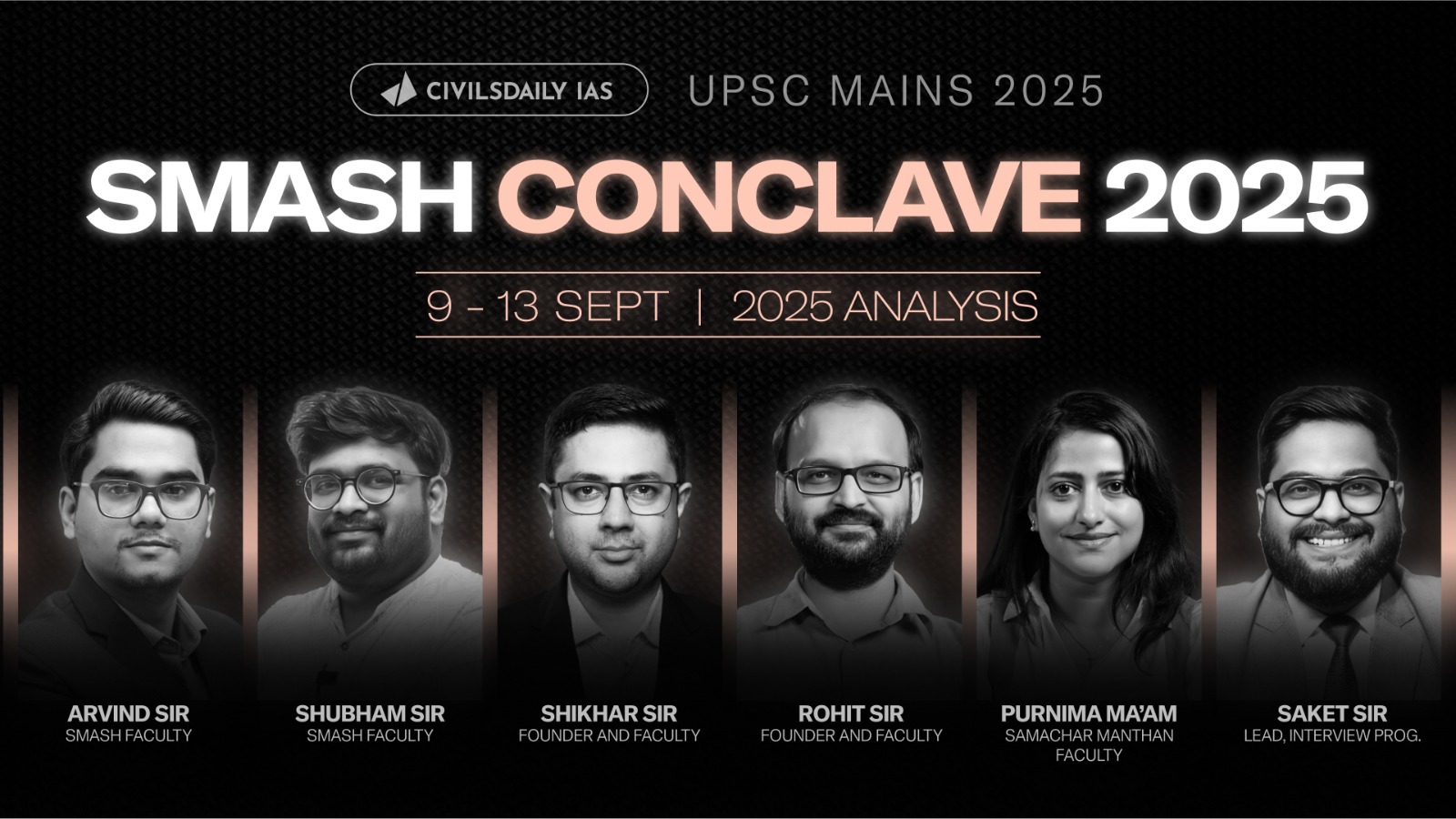Note4Students
From UPSC perspective, the following things are important :
Prelims level: NA
Mains level: Issues with Judicial Infrastructure
Context
- With every new Chief Justice, India’s judicial infrastructure returns to the spotlight. It was Justice S.H. Kapadia who in 2010, first tried to have a systematic plan to examine the conditions of existing infrastructure and realize the future needs of district judiciary.
Attempt at judicial Infrastructure upgrade from Judiciary
- Magistrate infrastructure: We have had Justice T.S. Thakur publicly lament the poor conditions in which magistrates’ function.
- Vacancy in district judiciary: Then Justice Ranjan Gogoi successfully streamlined filling up of vacancies in district judiciary.
- National judicial infrastructure authority: Justice N.V. Ramana initiated a discussion on creation of a national judicial infrastructure authority, which has been rejected.
- Strengthening district judiciary: And now we have Justice D.Y. Chandrachud raising the issue of strengthening the district judiciary.

Attempt of Government of India in upgrading Judicial infrastructure
- Allocation of funds: The Centre has been attempting to improve infrastructure at the district level in a consistent manner by allocating funds.
- Centrally sponsored schemes: Since 1993-94, a centrally sponsored scheme (CSS) of the Union government has tried to address the issue of bringing judicial infrastructure up to par.
- Contribution from states: Through the scheme, the Centre has been earmarking funds with contributions from respective state governments in the ratio of 60:40 (90:10 for North-eastern states and union territories), including monitoring progress of initiated projects.
- No improvement in district courts: Despite the scheme spearheaded by the Ministry of Law and Justice, there hasn’t been any considerable improvement in the physical state of our district courts, leaving successive Chief Justices to lament about the poor state of affairs.
Reasons for non-progress in judicial Infrastructure
- Non-utilization of funds: Most of the funds allocated under the scheme remain unutilised because states do not come forward with their share, leading to lapse of annual budgetary allocation. Sample this: a total of Rs 981.98 crore were sanctioned in 2019-20. Ultimately, only Rs 84.9 crore came to be spent, leaving 91.36% funds unutilised. In 2020-21, of the sanctioned Rs 594.36 crore, Rajasthan emerged on the top by utilising Rs 41.28 crore but again substantial funds lapsed due to non-utilisation.
- No ownership of scheme: There is no single ownership of the scheme. Lack of one coordinating agency prevents its successful execution. The CSS, in its current form, visualises a separate state- and central-level monitoring committees.
- No representation of judiciary in central committees: In the central committee, there is no representation of the judiciary as an institution. So, the ultimate consumer of the scheme is absent from the entire process.
- Lack of planning: Lack of planning for the future also has its casualties. At present, the central scheme does not plan to cater to future requirements. So, there is no discussion on the foreseeable workload of district judiciary in the coming 10-20 years.
- No single agency to implement: The lack of a single agency prevents from realising both the short-term and long-term objectives. Short-term objectives such as constructing courtrooms for the existing judicial strength as opposed to sanctioned strength, record rooms, computer service rooms, etc. suffer in the absence of a single agency that could measure progress of planned initiatives and nudge the stakeholders into acting.
What is the way forward?
- Single dedicated institution: A single permanent body as proposed by Justice Ramana would bring a cohesive approach with ensuring that when states submit action plans for upgrading/establishing judicial infrastructure, they also deposit their share of funds with the authority.
- Working with state government: While the actual work is carried out in partnership with the states, it will ensure that one agency is responsible for mapping out objectives and achieving them.
Conclusion
- Justice is keystone of healthy society and just Nation. India cannot move ahead to its economic prosperity without upgrading its judiciary. Upgrading the judicial infrastructure should be priority for the judiciary as well as government.
Mains Question
Q. Enlist the historical attempt at upgrading judicial infrastructure. Despite so much attempts, what are the major reasons for lack of judicial infrastructure?
Get an IAS/IPS ranker as your 1: 1 personal mentor for UPSC 2024



